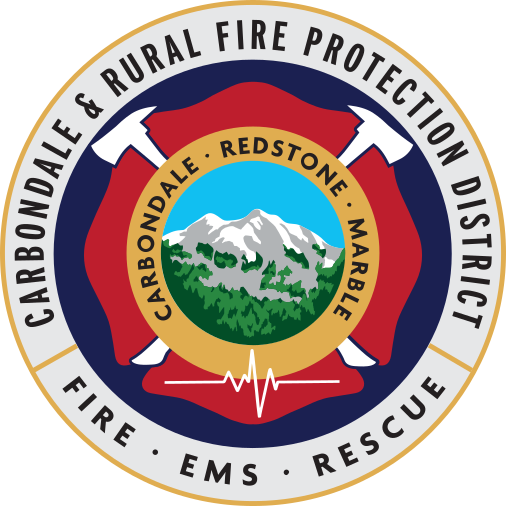Backcountry Adventures: Winter Safety
By admin Published January 18, 2022

In Colorado’s majestic Rocky Mountains, the allure is there for most residents to be active and get outside in the winter. Part of that allure draws folks into recreating in the backcountry, especially as the popularity in snowmobiling, backcountry skiing/snowboarding, and snowshoeing continues to increase. The best way to go out, have a great day, and return home safely to your loved ones is to have a solid foundation of avalanche education and to be as prepared as possible for your adventure.
Safety Classes and Equipment
The first thing you should do before you step foot in the backcountry for a winter adventure is to first step into an avalanche safety course. There are tons of resources online and in-person for you to watch, take courses, and read about – and we highly, highly recommend taking in as much information as you can. It’s also important to realize that taking one safety course does not make you an expert in avalanche and backcountry safety. Taking continued educational courses and learning as much as you can, will only benefit you.
Here are two organizations that provide comprehensive avalanche safety and training:
• https://avtraining.org/
• https://avalanche.state.co.us/education/caic-programs/
In these classes you’ll learn about the risks, how to check the weather and avalanche forecast before your trips, how to recognize the degree of the slope and trigger points of avalanches, and how to travel in a group in avalanche terrain. These classes are extremely beneficial, and we cannot advocate enough to take one or more of these courses before you set out on your trip. We would also recommend going out with an experienced guide or mentor, whom you trust and has knowledge of the risks and how to manage them, so that you can also learn first-hand from them and make safe decisions.
It’s also extremely important that you have the right safety gear for your journey. This typically involves a beacon, shovel, and probe, but could also include items in case you have to spend the night in the cold. These items can include plenty of food and water, a headlamp, warm layers, hand/feet warmers, a space blanket, a lighter, and first aid equipment. It’s always a good idea to be prepared for any situation while you are out in the backcountry.
Understanding the Risks
The risks involved in backcountry travel do not all involve avalanche danger, it also includes risk of being caught in an unexpected storm, hypothermia, dehydration, altitude sickness, getting lost, or freezing to death. The weather in Colorado can change very rapidly, as the saying goes “If you don’t like the weather here, just wait 15 minutes” and while that might be a comical nod to the changing weather patterns across the state, if you are out and about and get caught unprepared for that change, it could be the difference between life and death.
Did you know that more people die in avalanches in Colorado on average, than any other state and your rate of survival if caught in an avalanche is 45%? Be sure to always check the weather and the avalanche forecast for the zone that you wish to explore that day and understand that if your zone is not safe, there may be another day that is better to go or even another zone that you could change plans to.
Recreate Responsibly and Respectfully
Be considerate of not only your own safety, but also the safety and well-being of others you may see out enjoying the day. Be respectful and kind to others by keeping excessive noise to a minimum, giving enough space, and most importantly being friendly. We advise you to be aware of where you are recreating and understanding that your actions out there could result in a dire consequence for another party. Other backcountry users may be above or below you and you could trigger a remote avalanche that could potentially harm them.
Not only should you care for yourself and those around you, but you should also care for Colorado (or wherever you may be recreating). Please refer to the Care for Colorado guidelines on how to Leave No Trace and protect the land that brings you so much joy and freedom to explore.
Search and Rescue Information
Finally, research and know how to get in touch with Search and Rescue in your area before you go out into the backcountry. There is typically little to no cell phone reception, so please be prepared with a satellite communicator such as a Spot or an inReach device that will allow you to send an emergency message.
If you need to call SAR to report a lost or injured party, call 911 immediately and do your best to give them as much information on the location of the party as possible.
If you are injured or lost in the backcountry, do your best to remain calm and stay in a safe, but accessible position if you can. If you have a satellite communication device, try to pinpoint the most accurate description of where you are so that SAR can find you quickly. Do your best to keep yourself warm and hydrated and out of the elements.
We hope that this article has been helpful for you and that if you do choose to recreate in the backcountry that you have a great time and that you return safely. If you have any questions or would like more information, please reach out to your friends at the Carbondale Fire District.
